
Looking for an alternative to Wrike? Explore our comprehensive list of top Wrike competitors covering their prices, features, pros, cons and more.
Choosing the right project management software is critical when it comes to running an efficient business. The software needs to integrate with your team’s workflows and the needs of your specific business in a way that allows team members to focus on tasks rather than managing those tasks.
While some teams are using Wrike very effectively, others may find themselves wanting something different. Below, we’ll look at seven great alternatives to Wrike that help businesses and teams streamline their workflows.
Jump to:
| Wrike and its alternatives | Resource management | Native time tracking | Easy-to-use navigation | Starting price |
|---|---|---|---|---|
| Wrike | Yes | Limited | Moderate | $9.80 per month |
| Asana | Yes | Limited | Yes | $10.99 per user per month billed annually or $13.49 per user per month billed monthly |
| monday work management | Yes | Limited | Moderate | $8 per user per month billed annually or $10 per user per month billed monthly |
| ClickUp | Yes | Yes | Yes | $7 per user per month billed annually or $10 per user per month billed monthly |
| Hive | Yes | Yes | Moderate | $12 per user per month, billed annually or $18 per user per month billed monthly |
| Smartsheet | Yes | No (Only via extension) | Moderate | $7 per user per month, billed annually or $9 per user per month billed monthly |
| nTask | Yes | Yes | Yes | $3 per user per month billed annually or $4 per user per month billed monthly |
| Airtable | Yes | No (Only via extension) | Moderate | $20 per seat per month, billed annually or $24 per seat per month billed monthly |
Asana is one of the best-known project management solutions. With a huge user base and a ubiquitous online marketing campaign, it’s hard not to notice the software solution.
Asana was created with a desire to free teams from endless email chains, spreadsheets and other inefficient management tools. They succeeded in achieving their goal. Asana has an elegant design with an easy-to-understand workflow. It’s great for those looking for core project management functions without being burdened with a huge learning curve.
Figure A
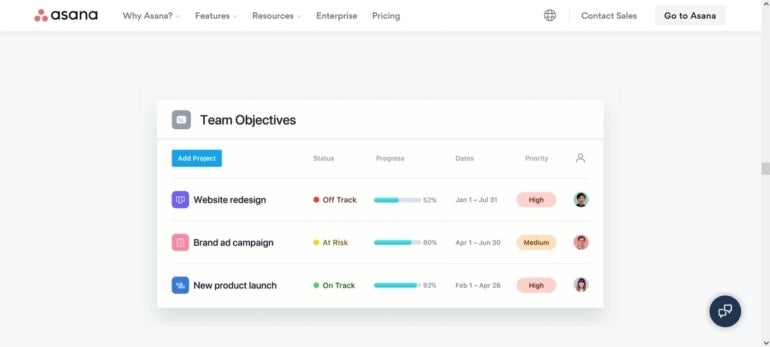
For more information, read our comprehensive Wrike vs Asana review.

monday work management takes a similar approach to Asana and focuses on simplicity over deep customization, but this doesn’t mean that monday work management lacks any key features. The colorful and inviting layout is one of monday work management’s most noticeable features. This theme continues throughout the entire workflow when using monday work management.
monday work management is perfect for creative teams or marketing agencies as the workflow suits those teams slightly better than Wrike, which is more focused on complex inter-department communication and customization. monday work management really shines brightest in creative applications and workflows.
Figure B
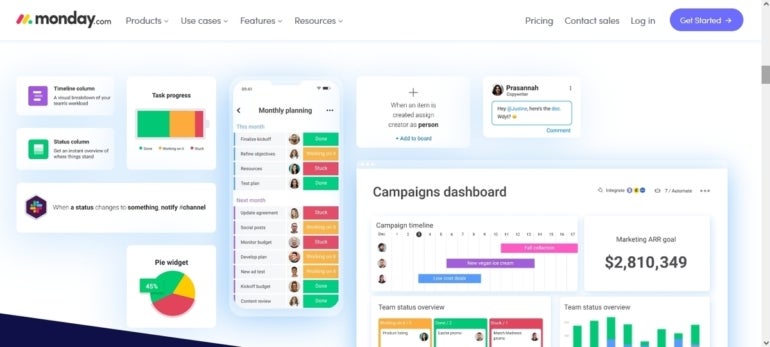
For more information, read the full monday work management vs Wrike review.

ClickUp is very similar to Wrike in its layout and how it handles most core functions of project management. The key advantage here is that ClickUp has a very generous free tier. ClickUp is the choice for those who want something similar to Wrike at a more budget-friendly price.
This is especially true for smaller teams who simply don’t need more advanced functions like forecasting. For teams on a budget or with less demanding requirements, ClickUp is a powerful Wrike alternative.
Figure C
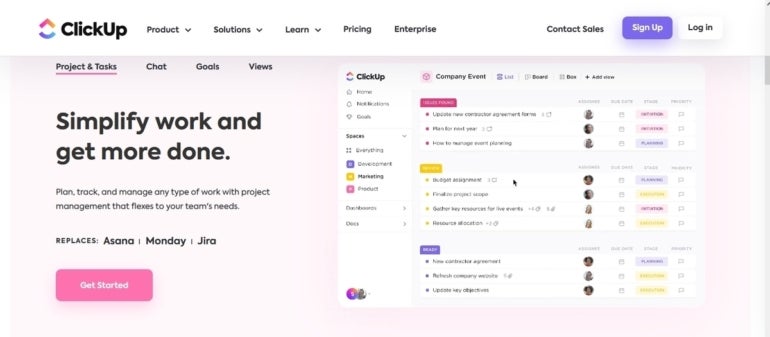
For more information, read the full ClickUp review.

For those who want a communication-focused project management solution, Hive may be a perfect choice. Hive has the most robust team communication options out of all the Wrike alternatives listed here. Hive has all your normal task and project commenting functions, but it goes beyond with a system that is very similar to Slack. If your teams have used Slack in the past, they will instantly feel at home with Hive.
Hive also boasts strong email integration; messages from Gmail or Outlook are instantly viewable in Hive. There is also a chat feature, something not found in most Wrike alternatives.
Figure D
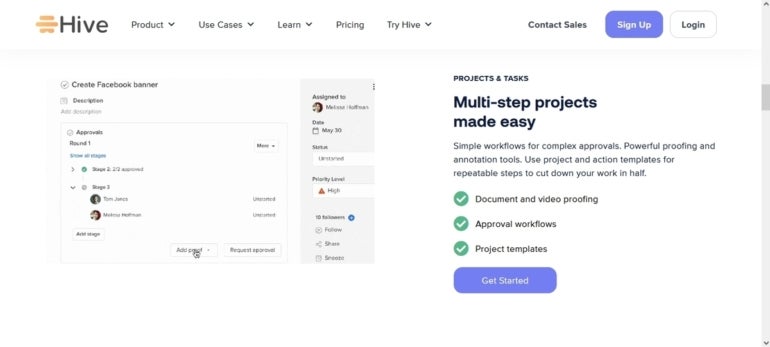
For more information, read the full Hive review.

Smartsheet deviates from the previous Wrike alternatives by being more spreadsheet-focused. For those who still enjoy the look and feel of spreadsheets for project management, this may be the solution for you. Smartsheet isn’t just locked into a spreadsheet view. You can switch between common workflow views, such as a Gantt chart view and others.
Figure E
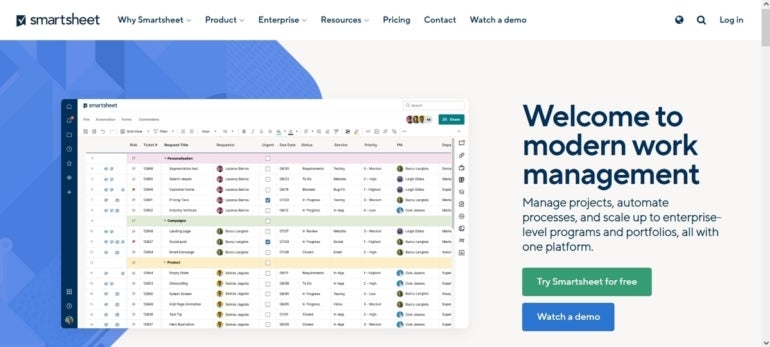
For more information, read the full Smartsheet review.
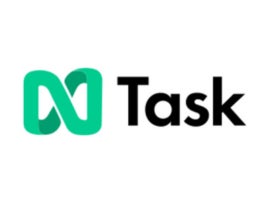
When it comes to deep complexity, nTask is one of the project management solutions that most closely mirrors Wrike. It even goes a step beyond Wrike, with certain functions aimed at streamlining meetings and documenting the results of their associated projects. nTask also provides handy features to view projects to see what percentage of their tasks have been completed, something Wrike doesn’t offer.
Figure F
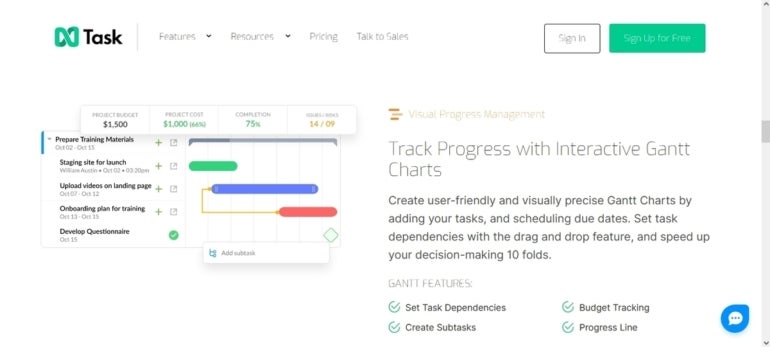

Airtable is another spreadsheet-based project management tool, similar to Smartsheet in some respects. Airtable blurs the line by adding a powerful database element. Because of this, Airtable excels in areas such as budgeting, where the table and database combination can be very effective. This also allows for deep custom chart options, which are great for visualizations or presentations. Wrike does not offer these capabilities.
Figure G
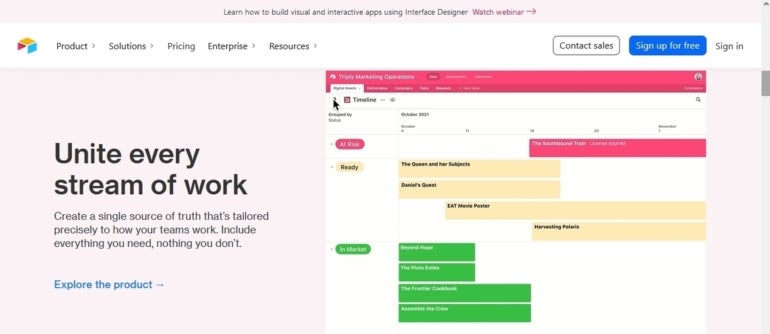
For more information, read the full Airtable review.
The worthiness of Wrike depends on individual needs, preferences and budget. Wrike is worth it for teams that require robust project management and collaboration features. It offers a wide range of functionality, such as document, task and resource management, time tracking and customizable workflows.
However, the cost of Wrike may be a consideration for some organizations as it is a higher-priced option than other project management tools. Wrike also offers low storage space; you should consider other Wrike alternatives if your team requires a large storage capacity.
While Wrike offers many benefits, it also has some drawbacks that users should consider.
| Pros | Cons |
|---|---|
| Support up to eight languages, including German, Japanese, Portuguese, Italian, French, Spanish, English and Russian | Limited storage space |
| Generative AI capability | Wrike is somewhat pricey |
| Offers customizable templates for different teams such as marketing, creative, professional services and more | Shareable dashboards are limited to paid plans |
| Wrike integrates with over 400 third-party apps |
Wrike offers a free forever plan and four paid plans. The best plan for you will depend on the features you need and the number of users in your team.
Wrike has a free plan for an unlimited number of users. This plan offers the necessary features needed to manage a basic project. If you need more advanced features, such as reporting and BI or Gantt, you must upgrade to one of the paid plans. The free plan also has a limited storage of 2GB per account.
The Team plan is priced at $9.80 per user per month, and is suitable for growing teams. It includes advanced project management features like Gantt, dashboards, analytics view and automation. Unlike the free plan, the Team plan supports only 2 to 25 numbers of users, meaning a team of over 25 users must purchase the Business plan.
At $24.80 per month, the business plan is available to a team of organizations with 5 to 200 users. Each user gets 5GB of file storage and additional features like customized workflows, digital asset management (DAM) integration and AI project risk prediction. This plan also includes reporting and resource management features.
Pricing for these plans is available upon request and varies based on the specific needs of the organization. These plans include advanced resource and capacity planning and enhanced security options. The Enterprise and Pinnacle plans offer scalability and flexibility to accommodate larger teams and complex projects.
Whether or not you need an alternative to Wrike depends on your team size, specific project management needs and preferences. All of the Wrike alternatives listed are very capable project management solutions. The key is choosing the one that shines in areas that are most important to your team and workflow. Whether you need a more budget-friendly version of Wrike or want something scaled-down and easier to manage, this list of Wrike alternatives should have something to satisfy any team.
For instance, If Wrike’s pricing is not within your budget, you may find ClickUp or nTask a worthy alternative due to ClickUp’s generous free plan and nTask’s affordable pricing.
Some users find Wrike’s interface and features to be too complex for their needs. If you’re looking for a simpler or more user-friendly solution, you might consider alternatives with a more intuitive interface, like Asana or Hive. Those looking for advanced project management features may find monday work management beneficial. Smartsheet combines spreadsheet functionality with project management tools, while Airtable offers a flexible database approach to task and project tracking, it’s suitable for teams that need to organize and manage data-intensive projects.
To evaluate each Wrike alternative’s strengths and weaknesses, we test-drove some of the platforms to gain first-hand experience with their features, user interface and overall performance. We also conducted thorough research and analysis based on customer reviews, expert opinions and comparisons with Wrike. We gathered pricing and feature data from each alternative vendor’s websites and compared them to Wrike’s offerings.